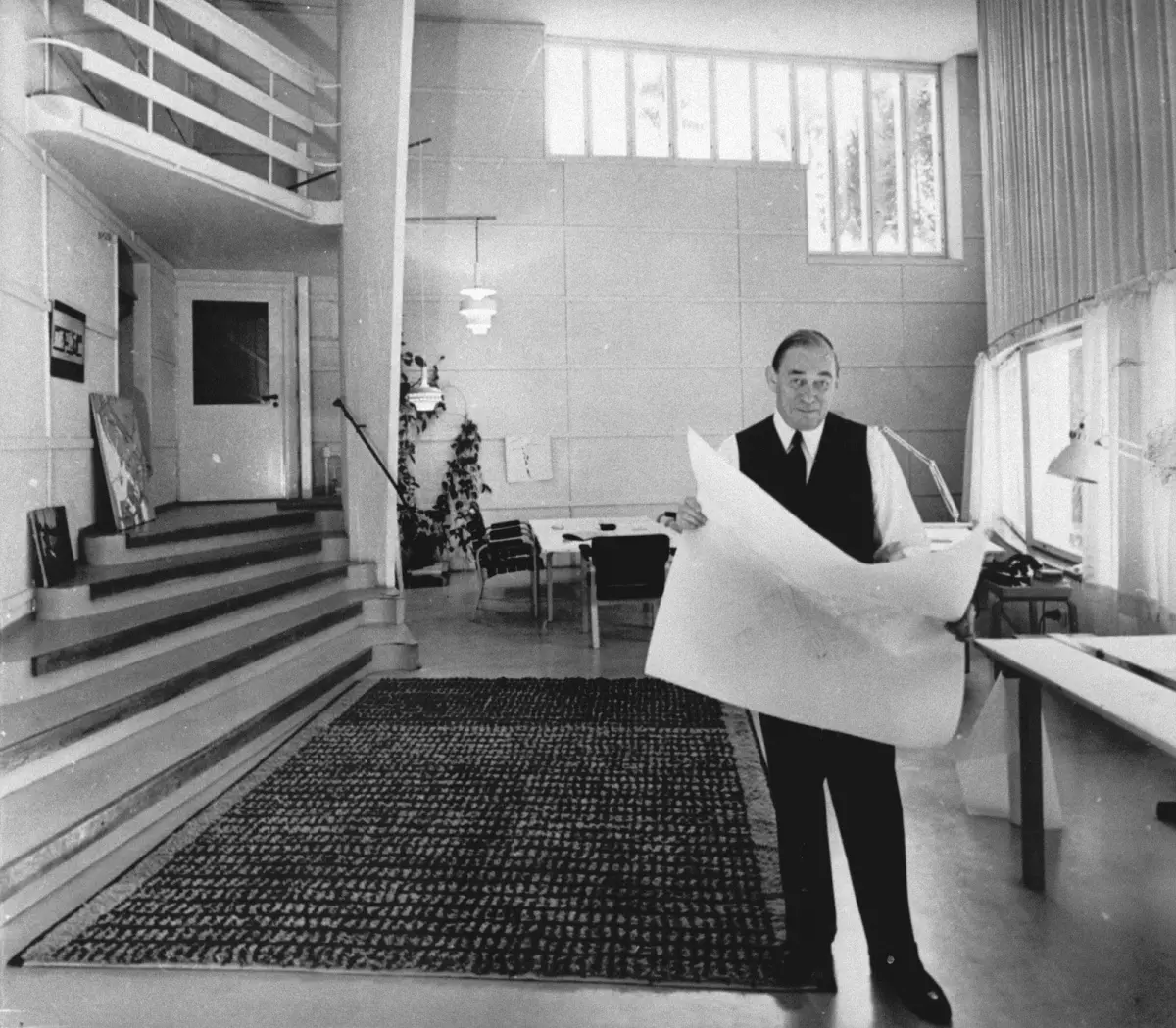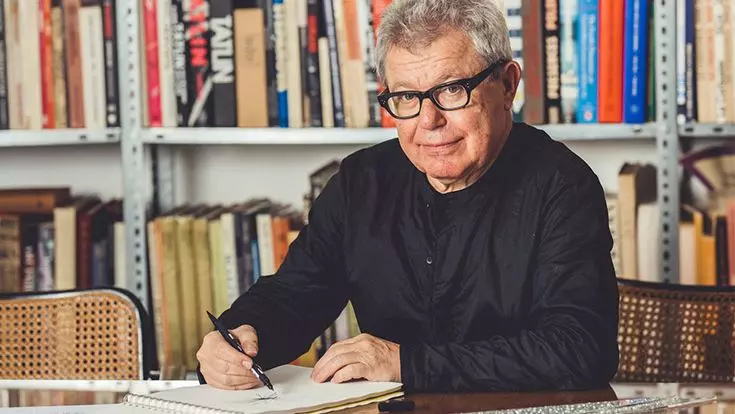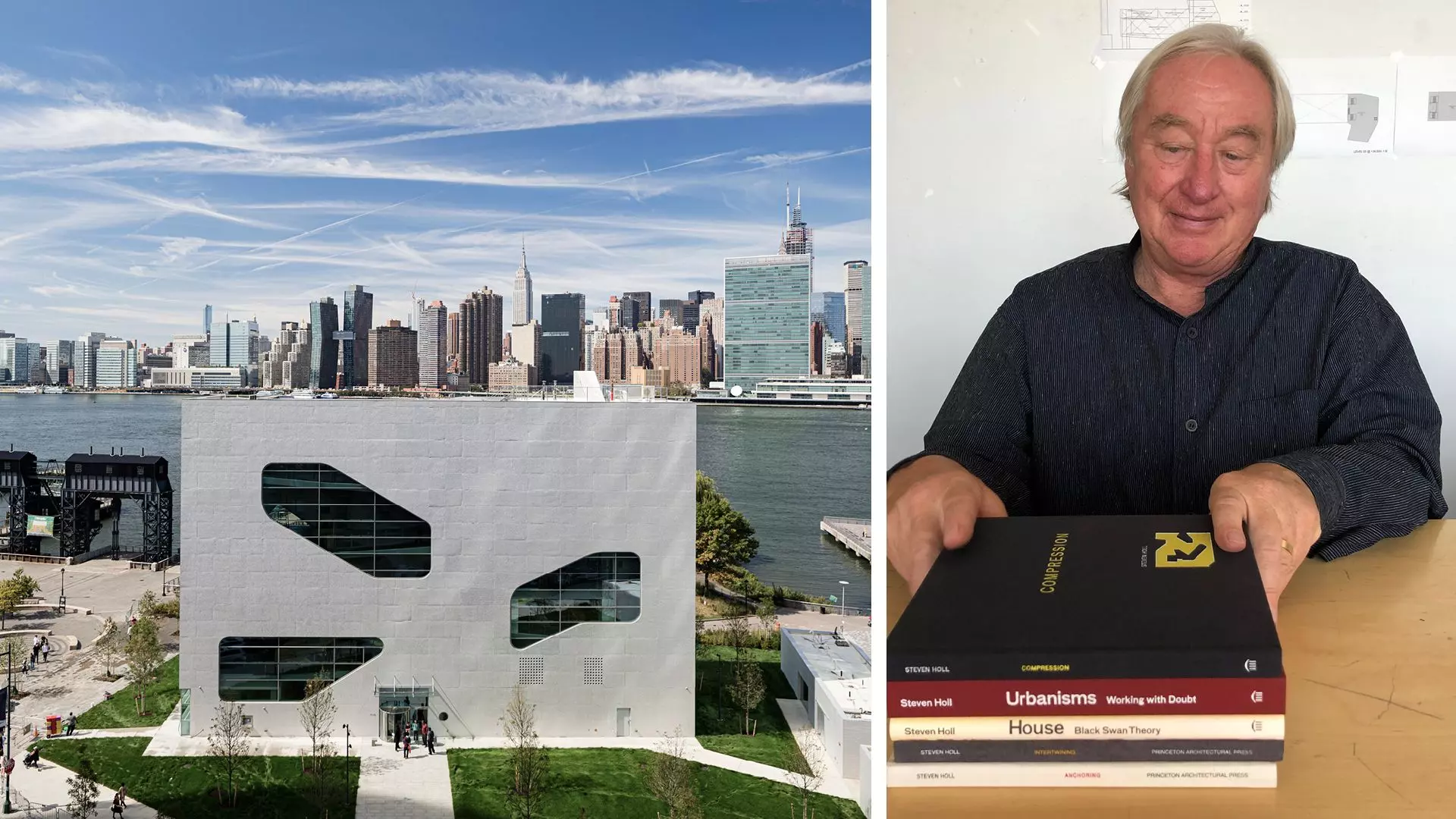Product design is an extension of an architect's creative skills and ability to respond to environmental needs. Architects are well-suited for industrial design because they approach projects with a multidisciplinary mindset and a keen eye for detail. In this article, we will explore the work of nine architects who have successfully taken on industrial design, complementing their architectural designs and creating unique masterpieces.
What is Industrial Design Architecture?
Architects often find that existing furniture on the market does not meet the specific needs of their buildings. In response, they develop products inspired by the shape, form, and structure of their designs. This allows architects to have greater control over the interior environment and create a more cohesive identity for the structure. The fittings and interactions within a building, such as chairs and sinks, are just as important as the overall architectural experience.
Architects Who Managed to Take on Industrial Design
Alvar Aalto
 Image source: Sanaulac.vn
Image source: Sanaulac.vn
Alvar Aalto, a renowned Finnish architect and designer, began his career as a furniture designer with the Tuberculosis Sanatorium in Paimio, Finland. This project showcased Aalto's ability to create products that perfectly suited user needs and were later adapted for mass production. Aalto's timeless designs, created in collaboration with Artek, seamlessly fit into any period or era.
Norman Foster - Foster + Partners
 Image source: Sanaulac.vn
Image source: Sanaulac.vn
Foster + Partners has a dedicated industrial design team that understands the needs of users. They have created designs ranging from fountain pens to yacht interiors. These products enhance the holistic design approach of their architectural projects. For example, the lumina-FLO lights, created in collaboration with Italian light designer Lumina, exhibit timeless and practical design, with the ability to be upgraded.
Nicholas Grimshaw - Grimshaw Architects
Grimshaw Architects' Spine seating is a flexible design solution for communal spaces. It can transform from a single seat into a continuous array. The design applies the concept of span engineering, distributing loads over a larger surface area for stability. The chairs are well-suited for public spaces, as they can withstand significant loads and are easy to clean. Grimshaw's Patricia and Phillip Frost Museum of Science Planetarium Seating showcases their ability to create chairs that reflect the environment and provide comfort.
Daniel Libeskind - Studio Libeskind
 Image source: Sanaulac.vn
Image source: Sanaulac.vn
Daniel Libeskind's combined chair and table, inspired by Marina Abramovic's performance art, showcases his ability to create simple yet impactful designs. The chair, produced by furniture company Moroso, is made from a single piece of high-performance cast concrete. Libeskind's design directly embodies Marina's work and provides a unique seating experience.
Steven Holl - Steven Holl Architects
 Image source: Sanaulac.vn
Image source: Sanaulac.vn
Steven Holl's 'Riddled Cabinet' is based on the installation 'Experiments in Porosity'. The cabinets are perforated with five unique porous patterns, each revealing the contents of the box. The design creates a play of light and transparency, reflecting the surrounding conditions. Holl's design demonstrates the architectural principles of light and transparency applied to the industrial design of cabinets.
Buckminster Fuller
Buckminster Fuller, known for his Geodesic Dome structures, also made significant contributions to industrial design. The 'Dymaxion Car', patented in 1933, revolutionized the automotive industry with its pioneering aerodynamic design. Fuller's 'Dymaxion Rowing Shell', designed with parallel fiberglass hulls, is another example of his architectural transference onto other fields.
Zaha Hadid
Zaha Hadid's work pushes the boundaries of architecture and design. Her designs range from urban scale projects to products, interiors, and furniture. The 'Z-Car II', a compact city car powered by rechargeable batteries, demonstrates Hadid's futuristic approach to design. The car's distribution of space, combined with its futuristic chassis, showcases the integration of product and environment.
Laurinda Spear - Arquitectonica
Arquitectonica's founding principal, Laurinda Spear, follows a holistic design approach that extends beyond architecture. Their Chroma watch combines elements of architecture, light, and color to create a unique timepiece. The watch's fields of hues represent seconds passing, while the hour indicator utilizes value and chroma. This fusion of architecture and product design showcases the close relationship between the two disciplines.
Renzo Piano - RPBW
Renzo Piano's design for an invisible wind turbine takes inspiration from the stability of a dragonfly in flight. The turbine's two blades mimic the shape of a dragonfly and align vertically with the mast when not in use. This design minimizes the visual impact on the surrounding environment and demonstrates the benefits of involving architects and designers in the development of functional and aesthetically pleasing wind turbines.
Extra Bonus: Lego Architecture Studio
Not only can architects be inspired by architecture to design products, but they can also inspire others. Lego's 'Architecture Studio' is a product designed for both kids and adults to explore and create architecture. The Lego set allows users to recreate, reimagine, or invent new architectural designs, showcasing the close relationship between architecture and product design.
These examples highlight the immense potential of architects and architecture in industrial design. Architects bring simplicity, functionality, and an understanding of user needs to their designs, whether it's a building, a chair, or a lamp. The ability to transfer architectural thinking to other fields demonstrates the versatility and creativity of architects. By embracing industrial design, architects can further enhance the built environment and create impactful products for everyday use.

















